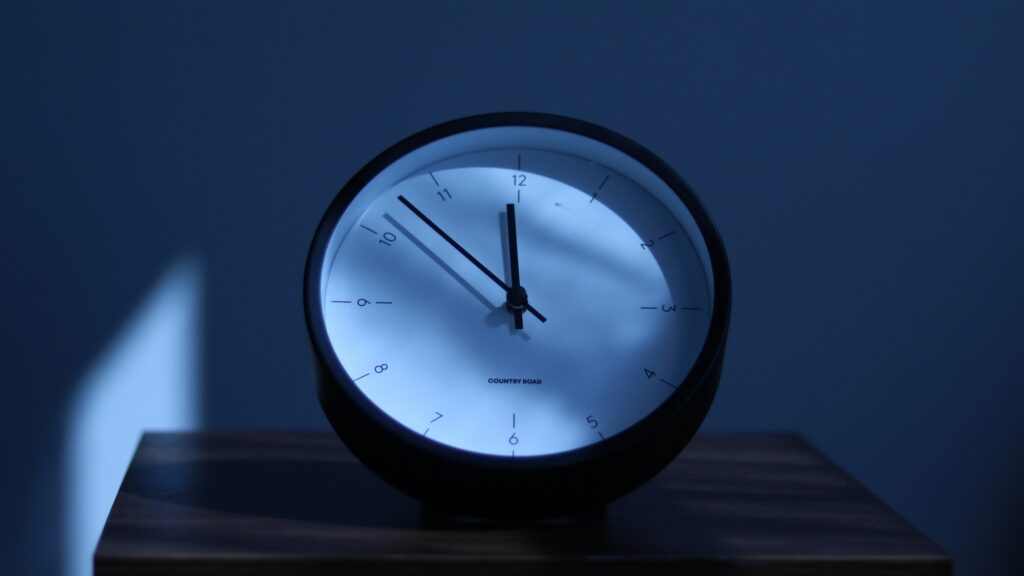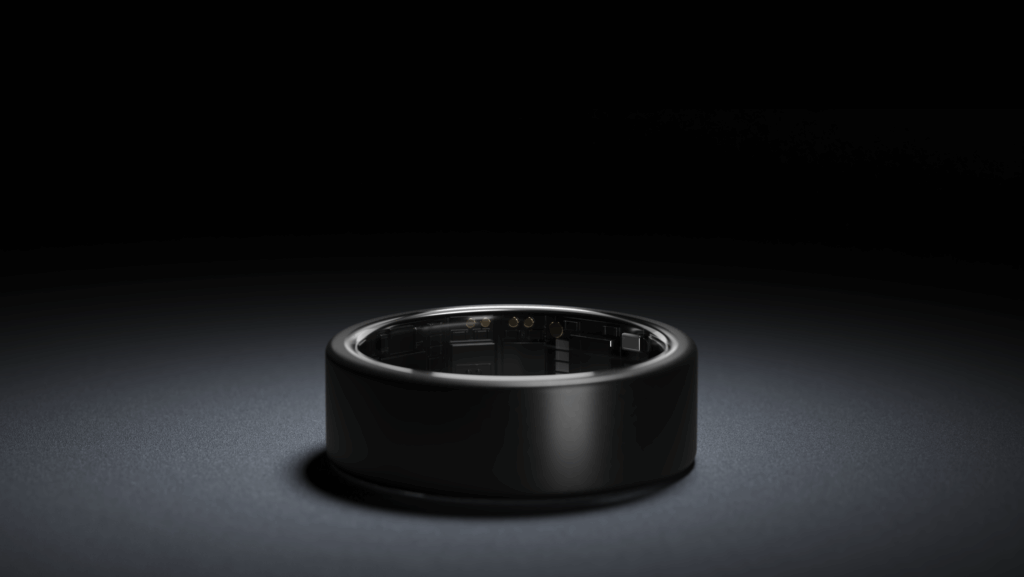If stress, poor sleep, or over-training keep you wired, look at your autonomic nervous system (ANS). ANS balance – the push-pull of sympathetic and parasympathetic activity – drives recovery, focus, and long-term health.
Every heartbeat, breath, and moment of calm or stress you feel is orchestrated by an invisible conductor: the autonomic nervous system (ANS). It runs quietly in the background, but its balance determines how well you recover, perform, and thrive.
Read more: Complete guide to heart rate variability
The autonomic nervous system
Your nervous system is the body’s communication headquarters. It manages everything from conscious movements, such as lifting your arm, to subconscious processes, including breathing, digestion, and heartbeat. It is responsible for learning, memory, thoughts, and emotions.
The brain and the spinal cord make up the central nervous system (CNS). They decide on a course of action. Nerves extend from the CNS to the rest of the body, sending signals to organs and muscles and relaying information back for processing. These nerves make up the peripheral nervous system (PNS).
The PNS branches into two key systems: the somatic nervous system governs voluntary actions, and the autonomic nervous system (ANS) manages involuntary actions.
The ANS has three main parts. The sympathetic nervous system activates body processes that help you in times of need, especially under stress or danger – the classic “fight-or-flight” response.
The parasympathetic system is your “rest-and-digest” mode, helping the body repair and reset. It works mainly through the vagus nerve – the longest cranial nerve – linking your brainstem to the heart, lungs, and gut. The enteric system runs the gut locally and takes cues from both sides. That’s why what and when you eat can shift how you feel and your overall readiness.
The balance between the systems
Your sympathetic and parasympathetic systems work together to create a balancing act. They often operate at the same time – what changes is their relative influence. Without the sympathetic system, your body wouldn’t react to real or perceived threats. Since humans evolved with threats from predators and competitors, the ability to respond quickly is crucial.
When the parasympathetic system predominates, the body prioritizes rest, repair, and hormone regulation. Among other effects, it slows your heart rate, supports digestion, and allows you to see close-up objects clearly.
If parasympathetic recovery is chronically inadequate, you can remain in a sustained “emergency mode,” which can contribute to problems such as anxiety symptoms, IBS flares, or irregular heart rhythms. These conditions are shaped by several factors – autonomic balance is only part of the picture.
Why the balance matters

Modern life often tilts people toward chronic sympathetic activation. Work stress, late-night screen time, and poor sleep can promote chronic arousal – the modern-day equivalent of being constantly on the lookout for predators. If you don’t recover from sympathetic activation consistently, fatigue from fragmented sleep and longer-term cardiometabolic issues can accumulate.
The key is a dynamic balance between the sympathetic and parasympathetic systems. You want to respond to challenges and then restore your reserves efficiently, supporting well-being and long-term health.
Learn: How to increase HRV – science-backed techniques
Signals of the switch
Your heartbeats tell a story: sometimes it’s the rush of fight-or-flight, other times it’s the calm of rest-and-digest.
- Heart rate variability (HRV) is a practical window into this balance. HRV primarily reflects vagal (parasympathetic) modulation of the heart’s sinus node.
- Sleep cycles and recovery often mirror healthier autonomic patterns when stable and consistent.
- Glucose stability can improve when recovery and parasympathetic rebound are strong.
Where technology steps in
Wearables such as the Ultrahuman Ring AIR can surface these once-invisible shifts – tracking heart rate, HRV, sleep consistency, temperature, and more – so you can see how behaviors map to recovery.
Seeing these patterns can guide smarter choices on training, nutrition, and recovery – when to push, when to deload, when to prioritize sleep or adjust timing for caffeine and screens.
Understanding your autonomic patterns helps you make practical adjustments, so you can push and recover effectively. The Ring AIR can help decode these signals and nudge you toward actionable changes.
References
- Cleveland Clinic post: Autonomic Nervous System
- WebMD post: Understanding the Parasympathetic Nervous System
- Cheng W, Chen H, Tian L, Ma Z, Cui X. Heart rate variability in different sleep stages is associated with metabolic function and glycemic control in type 2 diabetes mellitus. Front Physiol. 2023 Apr 14;14:1157270. PMID: 37123273; PMCID: PMC10140569.
- van Leeuwen WMA, Sallinen M, Virkkala J, Lindholm H, Hirvonen A, Hublin C, Porkka-Heiskanen T, Härmä M. Physiological and autonomic stress responses after prolonged sleep restriction and subsequent recovery sleep in healthy young men. Sleep Biol Rhythms. 2018;16(1):45-54. Epub 2017 Sep 8. PMID: 29367834; PMCID: PMC5754428.
- Yang X, Fedumenti FT, Niethard N, Hallschmid M, Born J, Rauss K. Regulation of peripheral glucose levels during human sleep. Sleep. 2025 Jun 13;48(6):zsaf042. PMID: 39987458; PMCID: PMC12163131.







